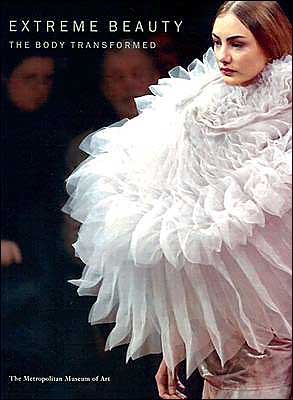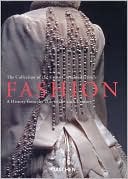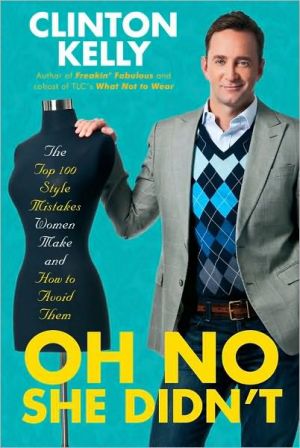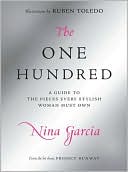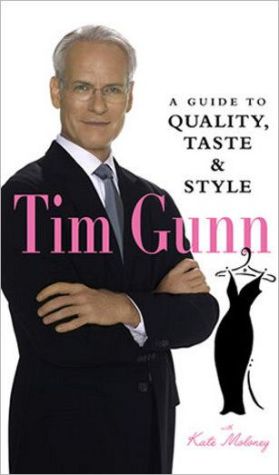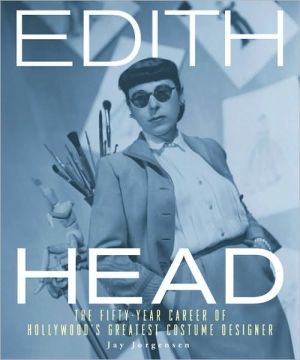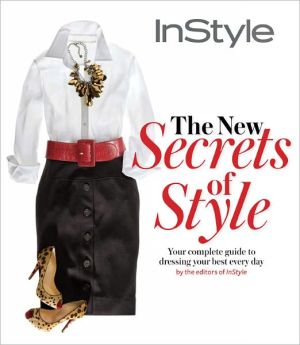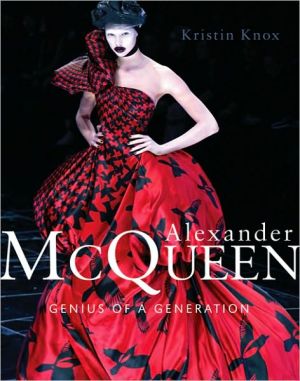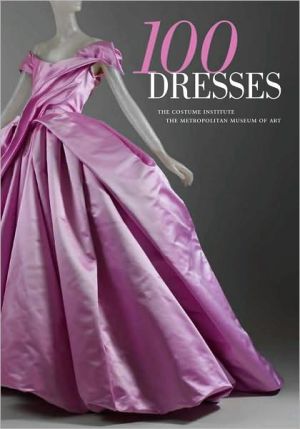Extreme Beauty: The Body Transformed
Over time and across cultures, shifting concepts of beauty have given rise to extraordinary fashions that constrict, enhance, minimize, or exaggerate various zones of the human body. This stimulating book displays and discusses an array of such extreme fashion practices, from the bound feet of aristocratic Manchu women to the tea-tray supporting bustle of an 1880s French visiting dress.
Search in google:
"This well-produced, heavily illustrated volume makes costume history accessible and, indeed, entertaining."—Colin McDowell, Sunday Times (London); "Enlightening and very readable."—Library Journal; "A landmark study of human customs and foibles in remarkable photos and intriguing text that show us what is and has been 'in' around the world."—Susan Swartout, Big Muddy: A Journal of the Mississippi River ValleyAuthor Biography: Harold Koda, Curator of The Costume Institute at The Metropolitan Museum of Art, is also the author of Goddess: The Classical Mode, available from Yale University Press. Also available by Harold Koda: Goddess: The Classical Mode. Published in association with The Metropolitan Museum of ArtPublishers WeeklyHigh-heeled shoes, push-up bras, Elizabethan ruffs and Japanese platform clogs are just a few examples of clothing that has pushed and pulled the human form into new shapes in the last few centuries. With color photos and illustrations, Extreme Beauty: The Body Transformed, which accompanies a Metropolitan Museum of Art exhibit of the same name, traces the role of fashion in manipulating the body to fit physical ideals. Harold Koda, curator of the Met's Costume Institute, focuses on extreme exaggerations of human form like the European 19th-century bustle, tiny corseted waists or the enormous-hipped dresses of the 18th-century French court, but also shows how today's designers quote and send up these iconic shapes. ( Dec.) Copyright 2001 Cahners Business Information.
Foreword6Introduction8Neck and Shoulders14Chest50Waist70Hips102Feet138Acknowledgments166
\ Publishers WeeklyHigh-heeled shoes, push-up bras, Elizabethan ruffs and Japanese platform clogs are just a few examples of clothing that has pushed and pulled the human form into new shapes in the last few centuries. With color photos and illustrations, Extreme Beauty: The Body Transformed, which accompanies a Metropolitan Museum of Art exhibit of the same name, traces the role of fashion in manipulating the body to fit physical ideals. Harold Koda, curator of the Met's Costume Institute, focuses on extreme exaggerations of human form like the European 19th-century bustle, tiny corseted waists or the enormous-hipped dresses of the 18th-century French court, but also shows how today's designers quote and send up these iconic shapes. ( Dec.) Copyright 2001 Cahners Business Information.\ \ \ \ \ Library JournalThroughout history, the human body has undergone some drastic reshaping. Appliances such as bustles, neck-extending chokers, corset stays, and even codpieces have been a fact of life since the beginning of time and in every corner of the globe. This catalog, based on a recent Costume Institute exhibit at New York's Metropolitan Museum, does a wonderful job of illustrating this obsession. Images were garnered from a variety of sources within the museum and include medieval armor, world sculpture, photography, paintings, and prints as well as period caricatures. Juxtaposed with these images is the work of contemporary fashion designers who, not surprisingly, have also flirted with the idea of transforming the human body (compare the cloglike chopines of 16th-century Venice with today's platform shoes). The book's five major sections treat the neck and shoulders, chest, waist, hips, and feet. Written by the curator of the Costume Institute, the text is both enlightening and very readable (but, unfortunately, not indexed) and coincides page by page with the illustrations pictured. Despite the sometimes bizarre nature of the subject, this book is essential for costume collections. Margarete Gross, Chicago P.L. Copyright 2001 Cahners Business Information.\ \
